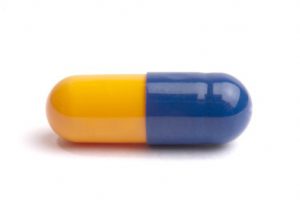The American Society of Plastic Surgeons reports that 15.6 million people in the U.S. underwent some type of cosmetic procedure in 2014, up 3 percent from 2013. One of the fastest-growing trends was in procedures to lift and tighten up body parts after massive weight loss, an apparent result of more people undergoing weight-loss surgery. Body enhancements are not anything new but the social media age has made plastic surgery more common to see. Here is a short list of 2016’s most popular plastic surgery trends.
- Using the patient’s own fat as a volumizer all over the body (face, breast, buttock) will continue to increase as patients increasingly desire the greatest impact with the least downtime. In the past plastic surgery has been attributed to silicon but today fat transfers are more popular, especially for people that aren’t fond of filling their bodies with plastic.
- Millennials will increasingly become users of plastic surgery. The 20-somethings represent approximately 20% of the cosmetic surgery population, and this is only going to increase, (American Society for Aesthetic Plastic Surgery). These days you can use social media and see that the waiting room patients are becoming younger and younger. Surgery is no longer just for the rich Beverly Hills wife who wants to relive her glory days.
- There will be a continued increase in the number of women seeking vaginal rejuvenation procedures. These procedures will follow the current trends, namely, not only surgical rejuvenation but non-surgical (laser) vaginal rejuvenation as well.
- Non-surgical fat removal will continue its meteoric rise in popularity offering a method to permanently and reliable remove fat without the need to undergo surgery and not of the traditional post-operative recovery.
All content of this newsletter is intended for general information purposes only and is not intended or implied to be a substitute for professional medical advice, diagnosis or treatment. Please consult a medical professional before adopting any of the suggestions on this page. You must never disregard professional medical advice or delay seeking medical treatment based upon any content of this newsletter. PROMPTLY CONSULT YOUR PHYSICIAN OR CALL 911 IF YOU BELIEVE YOU HAVE A MEDICAL EMERGENCY.






